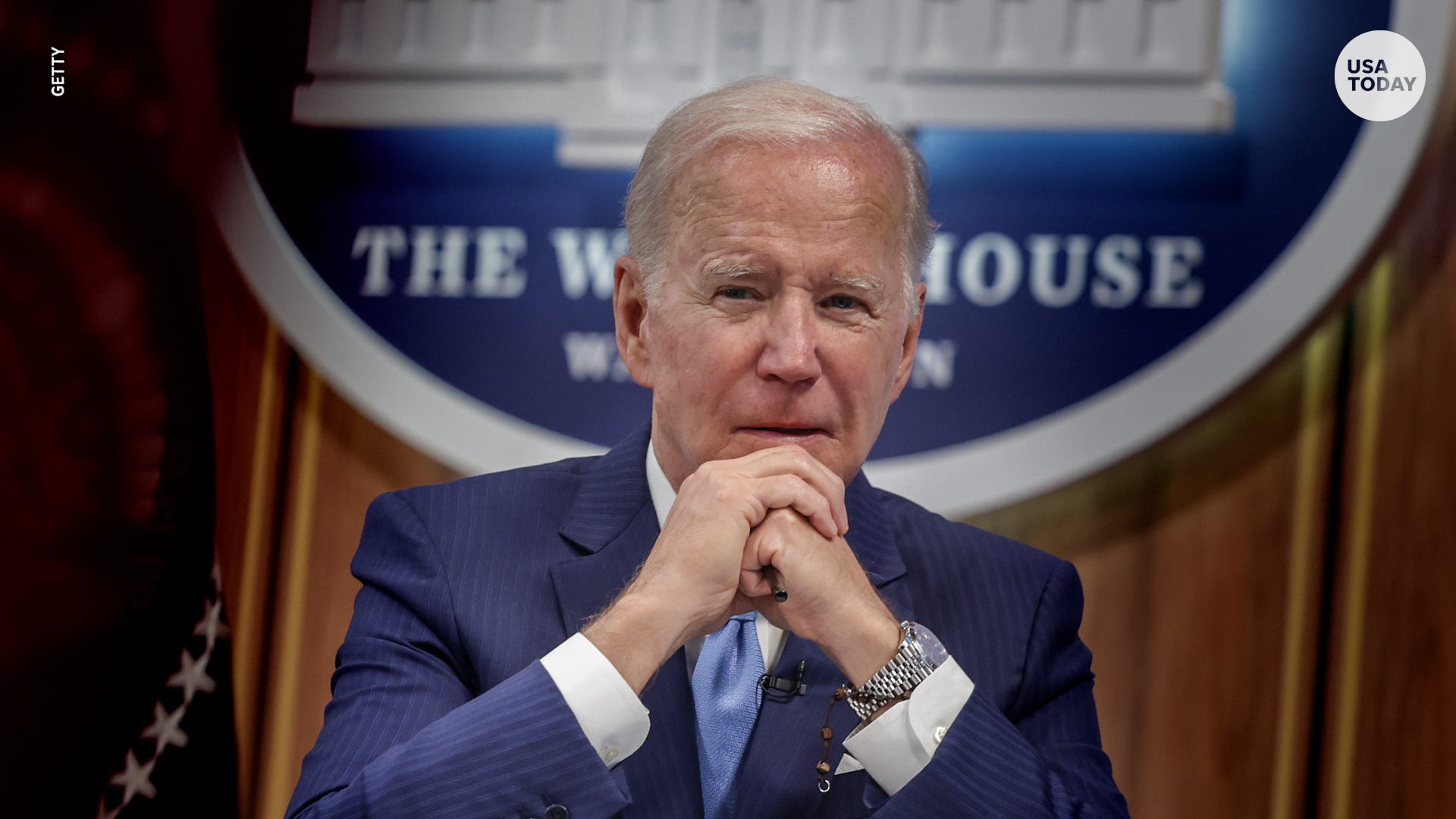
Joe Biden pushes for a ban on assault weapons amid series of shootings
President Biden addressed gun control as mass shootings continue to plague the nation’s schools, stores, and most recently, a hospital.
Scott L. Hall, USA TODAY
- Countries other than the U.S. have successfully adopted new legislation following mass shootings.
- The U.S.’s firearms homicides rate is 4.14 per 100,000 people, the highest among wealthy countries.
- There have been no shootings in schools in the U.K. since it banned all private handgun ownership.
The U.S. is in a class of its own when it comes to gun violence.
The U.S.’s rate of firearms homicides is 4.14 per 100,000 people, the highest among wealthy nations with a population of 10 million or more, according to the Institute for Health Metrics and Evaluation, a health research organization based at the University of Washington School of Medicine. Firearms homicide rates in the U.S. are 22 times greater than in the 27 countries that comprise the European Union, for example.
As of June 10 there were 254 mass shootings in the U.S. in 2022, according to the Gun Violence Archive, a nonprofit research group. The U.S. Centers for Disease Control and Prevention says there were more than 45,000 firearm-related deaths in the U.S. in 2020, the most recent period for which data are available. That equates to about 124 people dying from a firearm-connected injury in the U.S. each day, according to the CDC.
After each new mass shooting incident in the U.S. there have been calls to change gun laws, which are far less restrictive compared to other developed nations. Most changes have been incremental at best and taken place at the state level. Other countries have been more successful at adopting new legislation following mass shootings.
Here are some of them:
Australia
Just weeks after a lone gunman in 1996 killed 35 people at a cafe in the tourist town of Port Arthur, Tasmania, Australian authorities – despite fierce opposition from the gun lobby – passed strict gun control legislation, including a ban on semi-automatic rifles and semi-automatic and pump-action shotguns.
As part of the reforms, thousands of unlicensed firearms were surrendered. All licensed gun owners were required to take a safety course. Some 650,000 firearms were confiscated and destroyed.
A 2011 study concluded Australia’s policy saved lives. There were 13 mass shootings in Australia in the 18 years before the legislation was adopted, resulting in more than 100 deaths. There were no mass shootings for 14 years after the laws were passed. There have been few incidents in Australia since the laws were enacted.
A mass shooting, then a change: How Australia changed its gun laws
Canada
In 1989 after 14 female college students studying engineering were killed in a Montreal classroom, Canada adopted legislation mandating background checks, safety courses and harsher penalties for some gun-related crimes.
And in 2020, after a gunman killed 22 people in Nova Scotia, Canada’s government banned over 1,500 models of military-grade assault-style weapons. According to the the Small Arms Survey, a Geneva-based research group, there are about 121 firearms for every 100 resident of the U.S. In Canada, the figure is 35 guns per 100 residents, according to the survey. There have been no mass shootings reported in Canada in 2022.
In the wake of the school shooting in Uvalde, Texas, that killed 19 children and two teachers, Canada’s Prime Minister Justin Trudeau proposed a sweeping new bill aimed at a “national freeze” on the sale and purchase of handguns. Some toys that resemble guns will also be subject to a ban.
The measure is not expected to take effect before the fall.
McConaughey:There’s a difference between gun control and gun responsibility
New Zealand
Firearms-related deaths in New Zealand are quite rare. However, on March 15, 2019, 50 people were killed in mass shootings at mosques in Christchurch, on New Zealand’s South Island. Within days, the country’s parliament moved to ban the sale of assault weapons.
Legislators also later voted to prohibit the circulation and use of most semi-automatic firearms and parts that convert firearms into semi-automatic firearms. Magazines over a certain capacity and some shotguns were also banned.
“When we saw something like that happen, everyone said never again, and so it was incumbent on us as politicians to respond to that,” New Zealand’s Prime Minister Jacinda Ardern said during an appearance on The Late Show with Stephen Colbert on May 25. She was in the U.S. shortly after the Uvalde massacre.
“We have legitimate needs for guns in our country, for things like pest control and to protect our biodiversity – but you don’t need a military-style semi-automatic to do that,” Ardern said.
Opinion: Why do mass shootings keep happening?: Because this is what we’ve allowed America to become
United Kingdom
One of Britain’s deadliest mass shootings took place on March 13, 1996, when 16 children aged five and six were targeted, along with their teacher, by a former Scout leader in the Scottish town of Dunblane. In direct response to the incident, British lawmakers effectively banned private ownership of all handguns in mainland Britain, giving the country some of the strictest anti-gun legislation in the world. Authorities also introduced a firearm amnesty, resulting in the surrender of thousands of guns.
Members of the public are allowed to own rifles for sports and shotguns, provided they are licensed to do so. There have been no reported shootings in schools since. The U.K’s firearms homicides rate is 0.04 per 100,000 people, according to IHME.
from WordPress https://ift.tt/HkGrc7u
via IFTTT

No comments:
Post a Comment